Pakistan has $12.8b untapped potential for exports
Long-term policies must be introduced to promote exports rather than relying on short-term gains
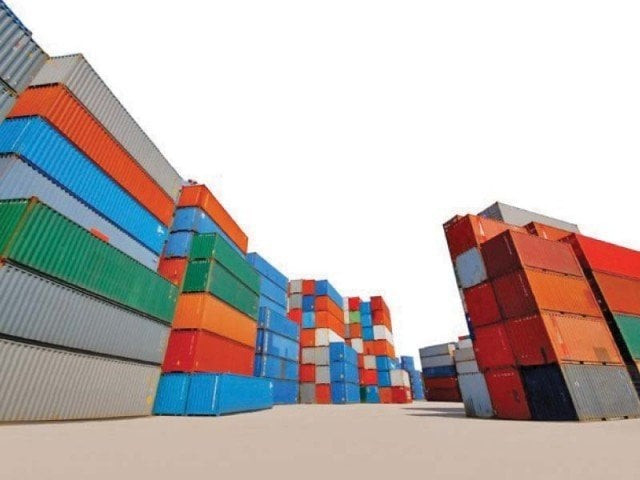
PHOTO: EXPRESS
This is a reversal of the trend observed between July 2014 and April 2017 when the export growth had been consistently negative.
All major product groups showed a positive export growth between July 2017 and April 2018 over the same period of FY17. Exports of the food group rose 31%, textile group 8% and other manufactured goods 17%.
There was also a significant increase in exports of unmilled wheat and sugar. Exports of knitwear and readymade garments went up 9% and 12% respectively while shipments of raw cotton surged 39%. Exports of chemical and pharmaceutical products increased 36%.
However, the growth was most likely driven by export subsidies and currency depreciation. Additionally, recent improvement in electricity generation may also have contributed to the growth.
Top five export destinations for Pakistani products between July 2017 and April 2018 were the US, the UK, China, Afghanistan and Germany.
Exports to the US stood at $3.18 billion while to the UK they amounted to $1.47 billion. Shipments to the US increased more than 5.4% while exports to the UK rose more than 10.6%.
Interestingly, exports to Afghanistan showed a significant increase of 34.15%. Exports to China were estimated at $1.44 billion, higher by 5.78%.
In the first 10 months of current fiscal year FY18, total exports crossed $20 billion. If the trend continues, they should cross $23 billion, which will be the highest level since FY14.
Agriculture vs industrial goods
Product-specific export data of the UN Comtrade shows that exports can be classified as either agricultural or industrial goods. Rice constitutes more than one-third of total exports in the agriculture sector while nine of the top 10 industrial products exported from Pakistan belong to the textile industry.
Approximately, 80.39% of total exports from Pakistan were industrial products and 19.08% were agricultural products in 2017. The remaining 0.52% were petroleum products.
In 2013, the distribution between agricultural and industrial products had remained roughly the same with 77.95% for industrial products.
The industrial products were mostly destined to the US, China, Afghanistan, larger EU economies and Bangladesh in 2017. However, the most important destinations for agricultural products were Afghanistan, the UAE, Kenya, Saudi Arabia and South Korea.
More than 36% of total exports to these countries were agricultural goods in 2017. Pakistan is an agrarian economy and its exports of industrial goods are also likely to be agro-based such as textile and leather products.
Furthermore, the agricultural goods are primarily destined to countries in closer proximity while industrial goods are sent to more developed and advanced countries such as the US and western Europe.
Agricultural and industrial products can be further classified on the basis of their stages of production, according to the World Integrated Trade Solutions (WITS).
Agricultural consumer goods constitute approximately 57% of total exports of agricultural goods while agricultural intermediate goods and raw material account for 43% of total exports. Rice constitutes a major proportion of agricultural consumer goods.
Similarly, industrial consumer goods constitute approximately 62% of total exports of industrial goods while industrial intermediate goods and raw material constitute 33%. The rest are industrial capital goods.
Industrial consumer goods are destined to the developed and advanced trading partners such as the US and EU while industrial intermediate goods and raw material, particularly in the form of textile products, are destined to China and Bangladesh.
In 2013, the proportion of exports of both agricultural and industrial consumer goods was lower. This not only indicates lower capacity of domestic producers, but also the desire of local suppliers of raw material and intermediate goods to sell more to the world market, where the price is more likely to be competitive.
First, it is important to note that Pakistan typically produces low value-added consumer goods and its manufacturing industries have struggled in recent years due to shortage of electricity and other challenges that reduce their competitiveness relative to the rest of the world.
Exports projected to grow to $28 billion in fiscal year 2018-19
Second, the prices of commodities were higher in 2013, suggesting that producers of intermediate goods and raw material may have fetched better prices by selling to foreign producers.
It is imperative that Pakistani manufacturers ensure that the most efficient mix of inputs is sourced from domestic and international markets. Producers of consumer goods as well as intermediate goods and raw material must participate in global value chains.
This can help increase competitiveness of domestic production and consequently total exports of Pakistan. A vibrant domestic manufacturing sector is necessary to promote economic growth.
The International Trade Centre’s Export Potential Map suggests that Pakistan has $12.8 billion of untapped export potential.
Exports to the top destinations are below potential. Similarly, the most commonly exported textile products have a significant untapped potential. In essence, Pakistan has substantial potential in the currently established set of markets and products it exports to the world.
Exports to touch $24b mark this year
In conclusion, an upward trend in exports has been evident over the past 12 months. The export composition suggests that the manufacturing sector plays an important role in increasing exports.
Hence, long-term policies must be introduced to promote exports rather than focusing on short-term gains that are unlikely to be sustainable in the long run.
Focus only on boosting exports is a bad strategy
The writer is Assistant Professor of Economics and Research Fellow at CBER, IBA
Published in The Express Tribune, June 11th, 2018.
Like Business on Facebook, follow @TribuneBiz on Twitter to stay informed and join in the conversation.

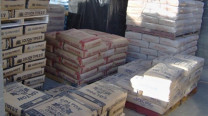
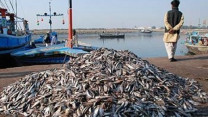
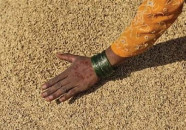


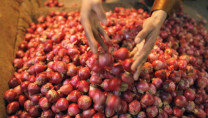












COMMENTS
Comments are moderated and generally will be posted if they are on-topic and not abusive.
For more information, please see our Comments FAQ